The given location map below illustrates Dallas’ position in the southern United States and central-north Texas. As the 9th most populous city in the U.S. and the 3rd largest in Texas, Dallas serves as the seat of Dallas County. Encompassing a total area of 383.44 square miles (993.10 km2) and boasting an estimated population of 1,299,544 as of the 2022 U.S. census data, Dallas and its surrounding metropolitan area constitute the largest in the southern region and the fourth-largest in the nation.

Dallas is located in the southern part of the United States and central-north of Texas.
©Eivaisla/Shutterstock.com
Initially established in 1841, the city officially became a city in 1856 and has grown significantly. Its historical and economic significance lies in being a pivotal hub for the oil and cotton industries and its strategic location with multiple railroad lines. Today, the city’s economy thrives on diverse sectors such as commerce, telecommunications, banking, computer technology, energy, and transportation, attracting numerous Fortune 500 companies.
Over time, the Big D has evolved into a robust industrial and financial center, serving as a major inland port. Notably, the city boasts the impressive Dallas/Fort Worth International Airport, one of the largest and busiest airports in the world.
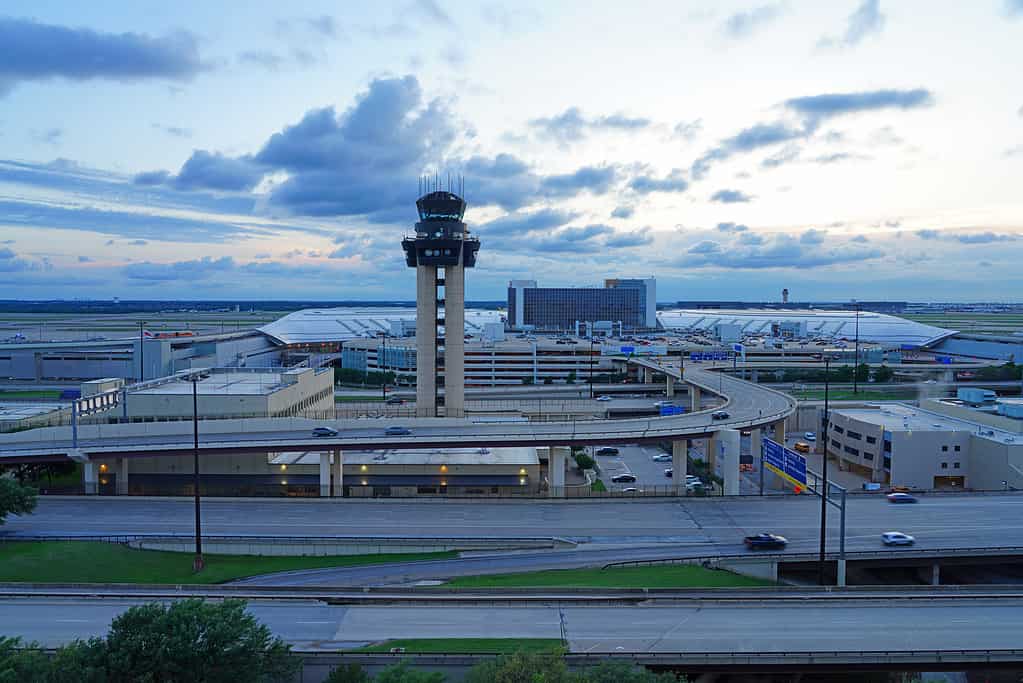
View of the control tower at the Dallas Fort Worth International Airport.
©EQRoy/Shutterstock.com
Population
Dallas County is the second most populous county in Texas, boasting a population of over 2.6 million residents, second only to Harris County, with 4.7 million residents. Furthermore, it ranks as the ninth most populous county in the United States.
Universities
Several prominent educational institutions exist within the county’s boundaries, including seven community colleges within its College system and the University of Texas at Dallas, UNT Dallas, and the University of Dallas.
Transportation
To facilitate transportation for its residents, the County built the efficient Area Rapid Transit (DART) system and the Trinity Railway Express, which conveniently links downtown and Fort Worth. Additionally, the Dallas/Fort Worth International Airport, in Irving, Grapevine, and Euless, proudly holds the title of the third busiest airport worldwide.

Panorama aerial view highway stack interchange and Dallas Downtown buildings under cloud blue sky. Woodall Rodgers Freeway, Stemmons Freeway, Interstate 35E (I-35E)
©Trong Nguyen/Shutterstock.com
Dallas Fort Worth Metroplex (DFW):
The County lies at the core of the vast Dallas Fort Worth Metroplex (DFW). Notably, this expansive conurbation encompasses 11 counties and spans 9,286 square miles. To put its sheer size into perspective, the DFW metro area surpasses the combined areas of New Jersey or the states of Connecticut and Rhode Island.
Furthermore, the DFW Metroplex comprises two distinct metro areas: the Dallas – Plano – Irving metro area and the Fort Worth – Arlington – Grapevine metro area. These sprawling metro areas extend across multiple counties, making the Dallas-Fort Worth Metroplex a dynamic and diverse region in Texas.
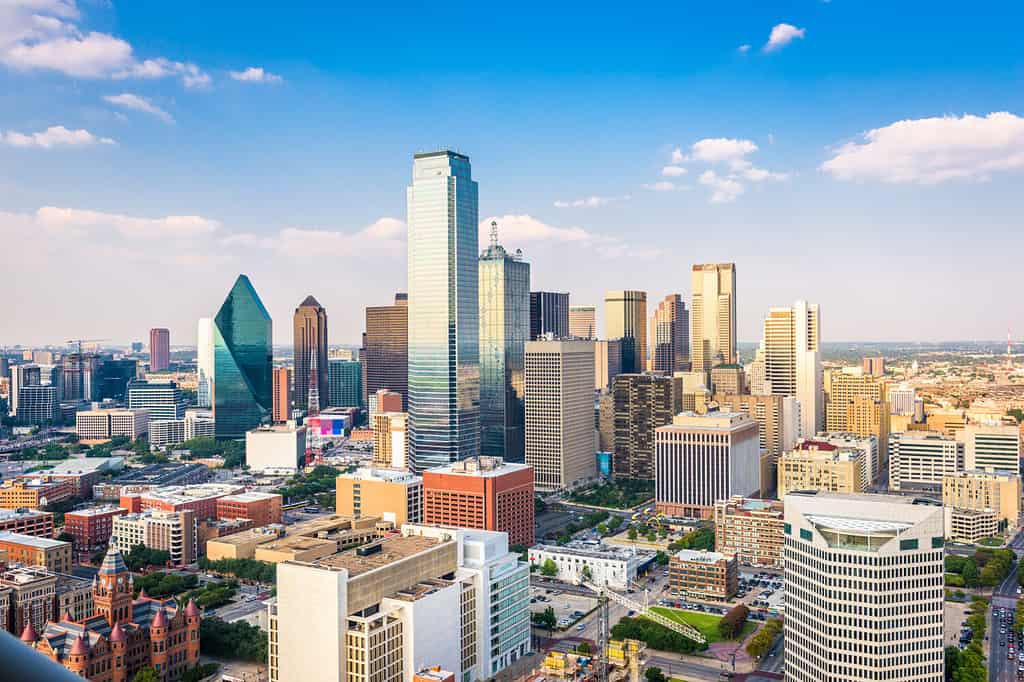
Dallas, Texas, downtown city skyline in the afternoon.
©Sean Pavone/Shutterstock.com
County Demographics
- Dallas County population: 2,613,539
- Area: 871 square miles
- Median age: 33.5 years
- Median household income: $61,870
- Median home price: $370,000
- Educational attainment: 80% high school grad or higher, 32.5% bachelor’s degree or higher
How many Cities are in DFW?
There are more than 200 incorporated cities in the Dallas Fort Worth Metroplex! The largest cities are:
- Dallas (1.34 million)
- Fort Worth (900,000)
- Arlington (400,000)
- Plano (288,000)
- Irving (256,000)
- Garland (246,000)
- Frisco (200,000)
- McKinney (200,000)
- Grand Prairie (196,000)
Major Cities Close to Dallas
Several major cities are close to Dallas, Texas. Some of the notable ones include:
Fort Worth: (32 miles west )Located just west of Dallas, Fort Worth is often considered part of the Dallas-Fort Worth Metroplex, a large metropolitan area in North Texas.
Arlington (20 miles southwest). Arlington is another crucial city in the Metroplex between Dallas and Fort Worth. It is known for being home to major attractions like AT&T Stadium (home of the Dallas Cowboys) and Globe Life Park (home of the Texas Rangers).
Plano (20 miles north) To the north of Dallas, Plano is a significant city known for its thriving corporate presence and diverse suburban neighborhoods.
Irving (11 miles northwest)Positioned northwest of Dallas, Irving hosts a mix of residential, commercial, and entertainment developments, including the Las Colinas Urban Center.
Garland (17 miles northeast)Situated northeast of Dallas, Garland is a suburban city with a growing population and recreational amenities.
Grand Prairie (15 miles west)To the west of Dallas, Grand Prairie is known for its entertainment venues, including Lone Star Park and Verizon Theatre.
McKinney (33 miles north) Located north of Dallas, McKinney is a fast-growing city with a charming historic downtown area.
Mesquite (13 miles east) To the east of Dallas, Mesquite is known for its rodeo events and various shopping options.
These cities, along with the city itself, form a well-connected and vibrant region that contributes to the economic and cultural diversity of North Texas.
How far apart are Austin and Dallas?
The shortest distance (air line) between Austin and Dallas is 184.34 mi (296.66 km). The shortest route between Austin and Dallas is 198.52 mi (319.48 km). The driving time is approx—3 h 36min.
How many miles apart are Houston and Dallas?
The shortest distance (air line) between Dallas and Houston is 225.84 mi (363.46 km). The shortest route between Dallas and Houston is 240.70 mi (387.37 km). The driving time is approx—4 h 29min.
How far is a car ride from Dallas to Houston?
The distance between Dallas and Houston is approximately 240 miles, with an estimated travel time of around 4 hours.
Which is closer to Dallas, Houston, or Austin?
Austin encompasses 272 square miles along the Colorado River in central Texas, 200 miles from the Gulf of Mexico. The capital city is 200 miles southwest of Dallas, 162 miles west of Houston, and 90 miles north of San Antonio. It is the center of the central metropolitan area of Austin-Round Rock-San Marcos.
History of D-Town
The history of Dallas, Texas, is rich and diverse, shaped by various events and influences that have contributed to its growth and development into the vibrant city it is today. Initially, Native American tribes, including the Caddo people, inhabited Dallas. In 1841, John Neely Bryan, a Tennessee lawyer, arrived and established a trading post on the banks of the Trinity River, which later became the city’s foundation. Subsequently, Dallas officially became a town in 1856, boasting around 2,000 residents. The city’s strategic location along major trade routes and the availability of natural resources, such as timber and water, significantly contributed to its early growth.
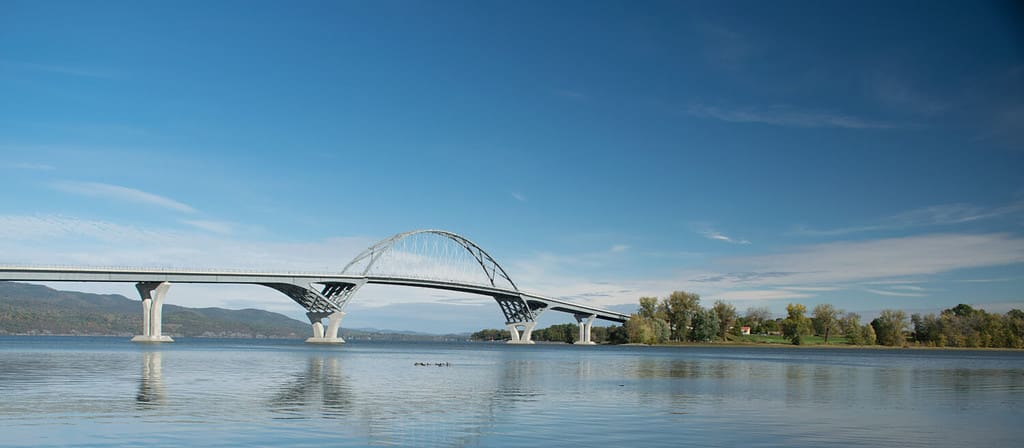
In 1841, John Neely Bryan, a
Tennessee
lawyer, established a trading post on the banks of the Trinity River, which later became the city’s foundation.
©Dallas Rich/Shutterstock.com
During the American Civil War, Dallas played a significant role as a supply and distribution center for the Confederate States Army. However, despite its strategic importance, the city suffered economic setbacks during Reconstruction due to the aftermath of the war. In the late 19th century, the arrival of multiple railroads spurred Dallas’s growth, connecting it to other major cities in the region and facilitating trade and commerce. Consequently, this period marked significant urban development and a substantial increase in population. Moreover, Dallas’s economy diversified during the early 20th century with the emergence of industries such as cotton, manufacturing, banking, and oil. Notably, the discovery of oil in the nearby East Texas oil fields brought unprecedented prosperity to the city and fueled its remarkable economic growth.
Continued History of Dallas
On November 22, 1963, Dallas gained international attention when President John F. Kennedy was tragically assassinated during a motorcade through Dealey Plaza. Consequently, the event had a profound and lasting impact on the city’s history and legacy. Throughout the latter half of the 20th century, Dallas experienced significant modernization and urban development. Notably, the city’s skyline grew with the construction of iconic skyscrapers, solidifying its position as a central financial and business hub in the southern United States.
In addition to its economic growth, Dallas hosted several significant events, including the 1936 Texas Centennial Exposition and the Texas State Fair, further contributing to its cultural and entertainment reputation. Furthermore, the city is renowned for its sports teams, boasting well-known franchises like the Dallas Cowboys (NFL) and the Dallas Mavericks (NBA). Moreover, Dallas has actively pursued diversification of its economy in recent decades, focusing on technology, telecommunications, healthcare, and education sectors. As a result, the city has become home to numerous Fortune 500 companies and has successfully attracted a thriving startup ecosystem.
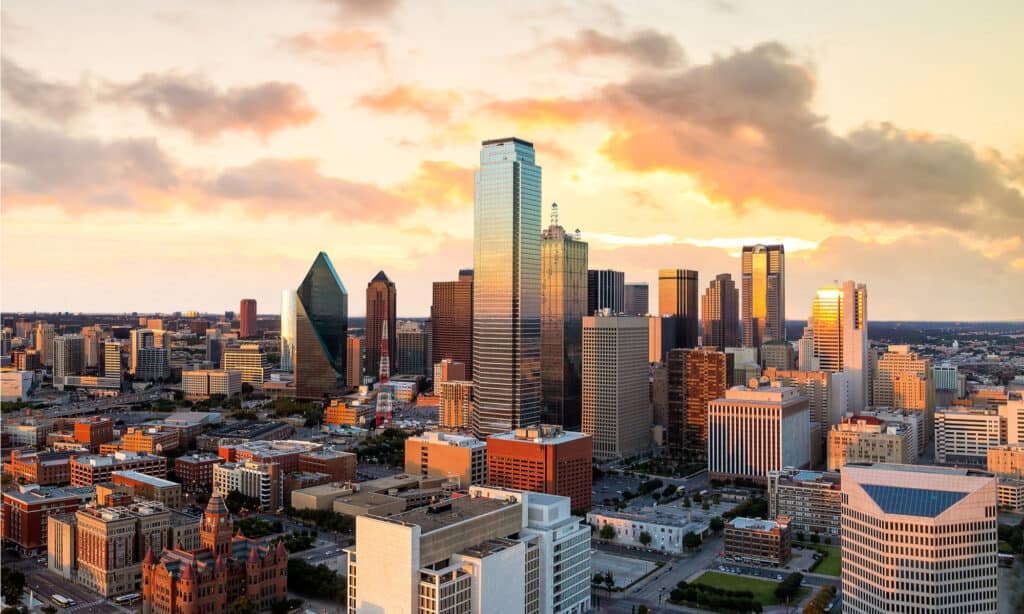
Dallas has continued diversifying its economy in recent decades, focusing on technology, telecommunications, healthcare, and education. The city is home to numerous Fortune 500 companies and has attracted a thriving startup ecosystem.
©f11photo/Shutterstock.com
Today, Dallas is a bustling metropolis known for its vibrant culture, strong economy, and welcoming community. Its history is integral to its identity, showcasing a journey from a small trading post to a major urban center in the United States.
Dallas Fun Facts
Dallas is often called the “Big D,” a popular nickname given to the city due to its large size and significant influence in the region.
Mariano Martinez invented the world’s first frozen margarita machine in Dallas in 1971. Today, frozen margaritas are a popular drink enjoyed worldwide.
Dallas boasts an impressive skyline filled with modern and iconic skyscrapers. The city has more buildings over 700 feet in height than any other city in the United States, except for New York City and Chicago.
The State Fair of Texas, held annually in Dallas, is one of the largest and oldest state fairs in the United States. It attracts millions of visitors annually, offering a wide range of entertainment, food, and exhibits.
The Sixth Floor Museum at Dealey Plaza is dedicated to the life and legacy of President John F. Kennedy. It is located on the sixth floor of the former Texas School Book Depository, where Lee Harvey Oswald allegedly fired the shots that killed President Kennedy in 1963.
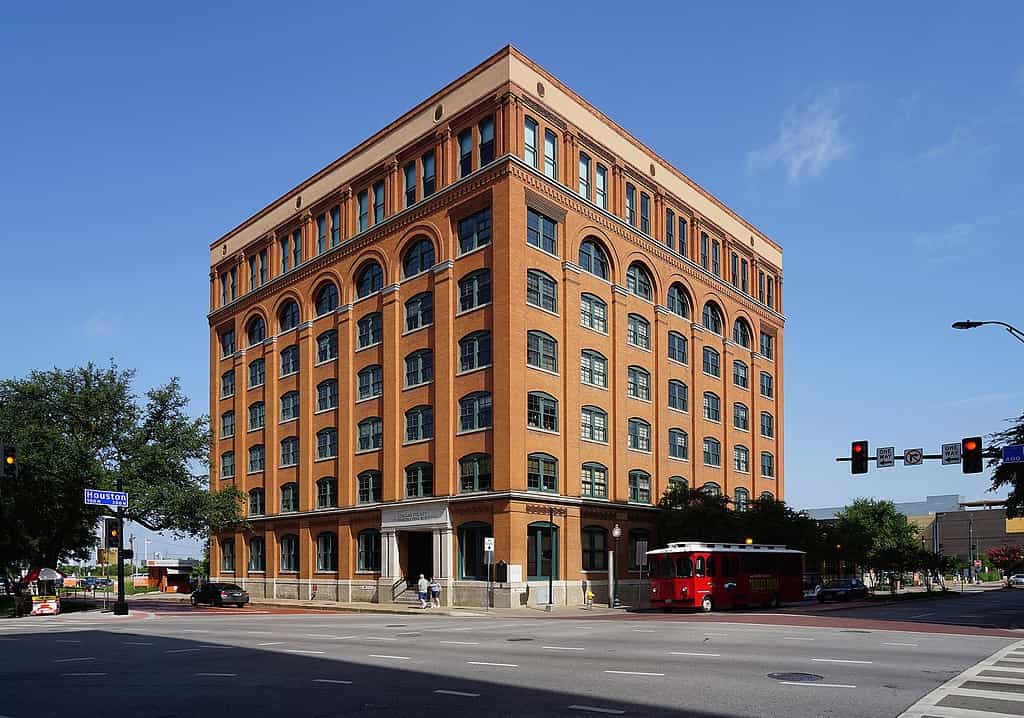
The Sixth Floor Museum at Dealey Plaza is dedicated to the life and legacy of President John F. Kennedy.
More Fun Facts
The Dallas Cowboys, an NFL team, are among football’s most popular and successful franchises. They have won five Super Bowl championships and have a massive fan following.
The iconic Reunion Tower in downtown Dallas is a 561-foot-tall observation tower that offers stunning views of the city’s skyline. It features a rotating restaurant and an indoor/outdoor observation deck.
Dallas has a vibrant arts scene, with numerous museums, theaters, and performing arts venues. The Dallas Museum of Art, the Nasher Sculpture Center, and the Dallas Symphony Orchestra are just a few of the city’s cultural gems.
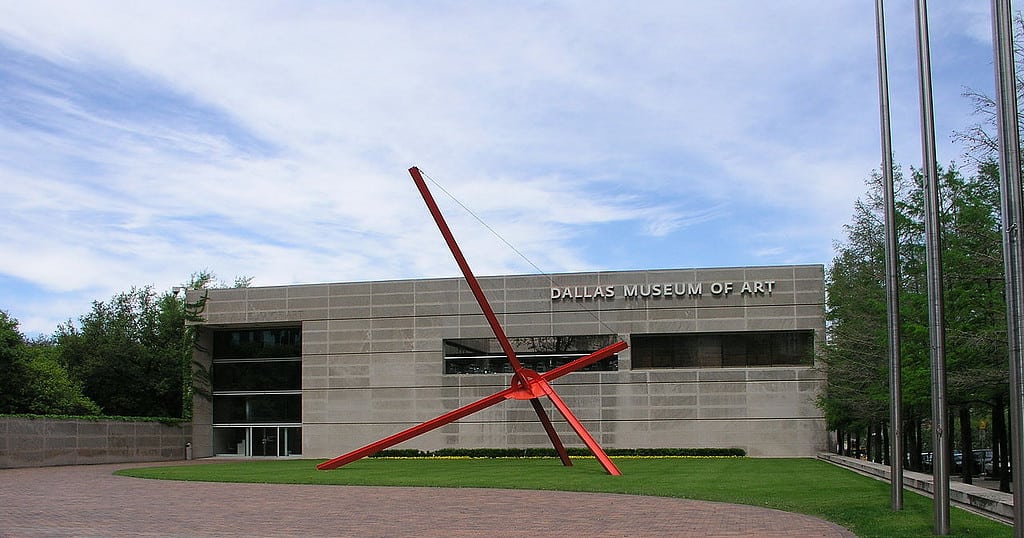
Museum of Art in Dallas
The Dallas Arboretum is a beautiful 66-acre botanical garden on White Rock Lake’s shores. It features stunning landscapes, seasonal displays, and an impressive collection of plants and flowers.
The State Fair of Texas is renowned for its unique and delicious food offerings. Some popular fair foods include deep-fried treats like fried Oreos, funnel cakes, and corn dogs. There are also more unconventional items like fried butter and fried Coca-Cola.
The photo featured at the top of this post is © Eivaisla/Shutterstock.com
Thank you for reading! Have some feedback for us? Contact the AZ Animals editorial team.







